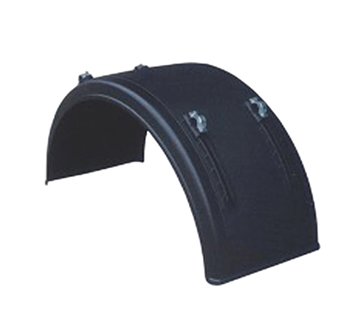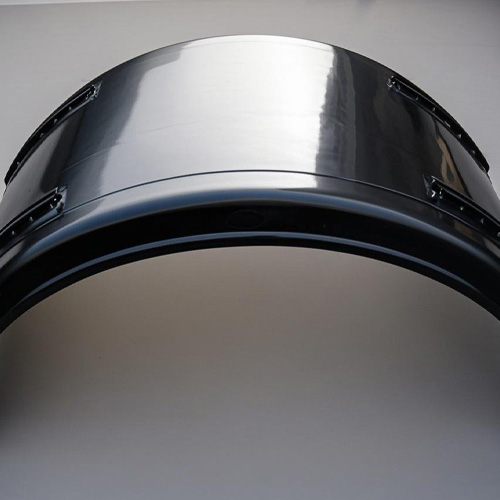A fender, also referred to as a wheel arch or wing (primarily in British English), is a curved panel that frames a vehicle’s wheel well, positioned just above each tire. Its primary function is to act as a protective shield, preventing road debris, mud, water, and stones kicked up by rotating tires from damaging the car’s body or striking other vehicles and pedestrians.
Traditionally, fenders were bolt-on components, often made of stamped steel, but modern vehicles frequently use lightweight plastics or aluminum to reduce weight and improve fuel efficiency. In sleek, aerodynamic designs, fenders are often integrated into the bodywork, contributing to the car’s smooth silhouette. However, some performance and off-road models retain flared or extended fenders to accommodate wider tires or enhance airflow to components like brakes (via cooling vents).
Beyond protection, fenders also play a role in aesthetic and functional vehicle design. Many luxury and sports cars feature sculpted fenders for an aggressive stance, while classic cars from the early 20th century had distinct, separate fenders that are now iconic. In collisions, modern bolt-on fenders simplify repairs since they can be easily replaced without extensive bodywork.
From vintage to contemporary models, fenders remain a key element in both automotive safety and styling, evolving alongside materials and engineering innovations.

 English
English русский
русский









